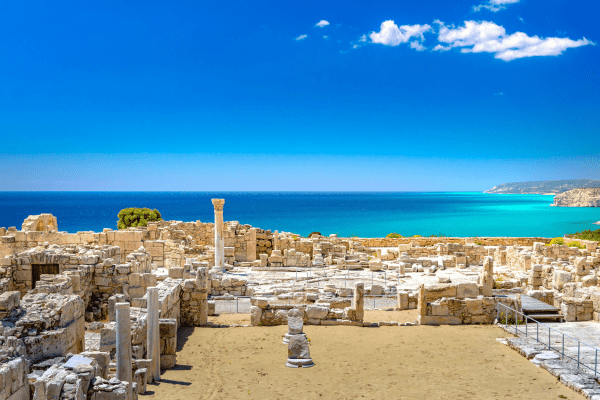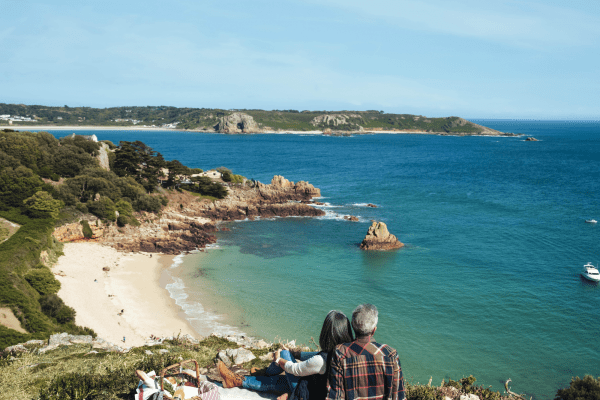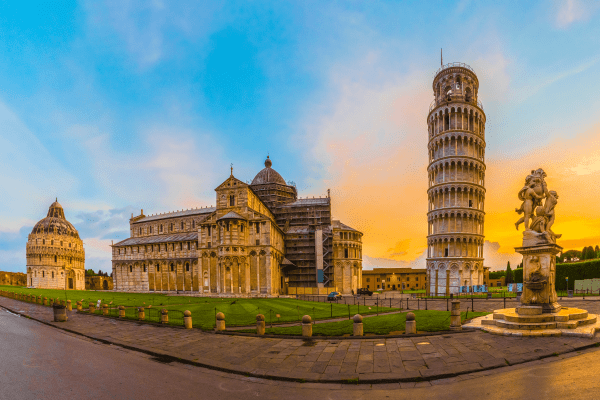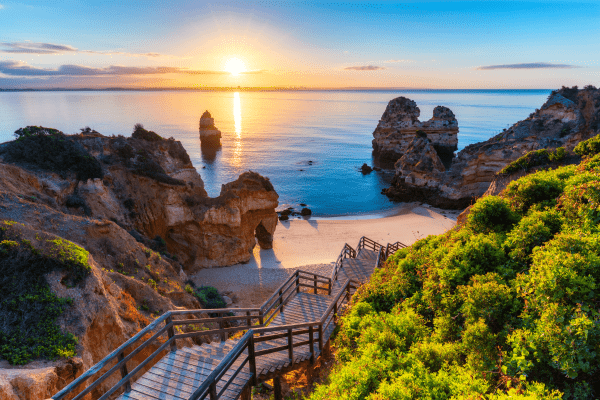Atmospheric melting pot, steeped in history
Puffing my way up the slopes of the Acropolis above Lindos, I gave thanks to the gods of the ancient Greeks, Romans, Byzantines, Christians and Ottomans who had climbed before me, that I’d chosen to make this steep journey during Rhodes low season. To be honest the views from the top of this important archaeological site, of small white houses and boats bobbing in the bay beyond, are well worth the effort whatever the weather, but once the heat of summer relents, exploring becomes so much more pleasurable. Doesn’t mean I don’t need to get that bit fitter though…
The island of Rhodes in the South Aegean, the largest of the Dodecanese, is actually located far nearer to Turkey than to Athens. This spear-shaped mountainous land boasts 253 kilometres of stunning coastline, a culture rich haven of natural beauty. Rhodes has enjoyed a long and glorious past embracing multiple civilizations from antiquity to medieval to modern, each leaving a mark still very much in evidence today.
Summer sees both soaring temperatures and soaring tourist numbers, but visit from mid-October to the end of May and you’re in for a whole other experience. What is so wonderful about Rhodes in low season is that its fair size means that once the hordes leave, Rhodes 100,000 or so permanent residents take back the family run tavernas, beautiful beaches and historic sites and continue age old traditions like olive and honey collecting, singing and dancing, celebrating Greek Orthodox Christmas and Easter festivals. For the low season traveller this means a chance to explore the medieval castles, ancient monuments and museums without the crowds. All sites remain open year-round, but on a reduced schedule so do check your timetable. Wander the villages, engage with fishermen, and enjoy the scent of fresh sea breezes, locally grown herbs and oven baked bread. The Aegean remains warm enough for swimming late into the year and sailing is possible as well. Simply walking along empty beaches is a welcome escape from the dreary winter of more northern climes. Shoulder seasons still see direct flights into Rhodes from all over Europe, but December to February you can expect to arrive on a connecting flight from Athens, Thessaloniki, or Crete, or on an inter-island ferry.
Medieval Rhodes Old Town
One of the best preserved of all medieval towns, the whole of the beautiful historic centre came under the protection of UNESCO in 1988. The magnificent city walls, 40 feet thick in places, surround an extensive cobblestoned maze of nooks and crannies. Occupied by The Order of St John from 1309 to 1523, the city grew into stronghold, later under Turkish and Italian rule. Explore the huge Palace of the Grand Master and the fascinating Street of the Knights. Head down to the picturesque Mandraki Port where a causeway leads to the Castle of St Nicholas, which today operates as a lighthouse.
The Villages of Rhodes
A favourite low season activity is hiring a car to explore the 43 towns and villages of the island. Lindos charms visitors with its medieval architecture while pretty Ialyssos is the island’s third largest settlement. Apollona Village is known for its traditional dishes; Skala Kamirou for fish dishes; Embona for local grilled meat and mountain wine tastings; and Maritsa for small tavernas where locals sing ouzo fuelled island songs until late into the night.
Winter Walking
Rhodes offers some spectacular pathways which peak season visitors tend to be oblivious to due to the brutality of summer hiking. Enjoy short garden walks or longer treks through the lush inland. You can see some beautiful sea views and spot unusual flora and fauna like the Rhodian dama dama deer. Favourite spring and autumn hikes are magical Seven Springs, or the lake at Scoudouliaris Gorge. In winter you can still climb Filerimos Hill in Ialyssos taking in the chapels of the Prophet Elias, and the trek to Monolithos Castle is magnificent and really worth a visit all year round.
Visit the official site www.rhodeswelcome.gr for a comprehensive guide to all that the island has to offer including outlines of different villages and beaches. Follow them on Facebook and Instagram for the latest local news during your stay.

















































